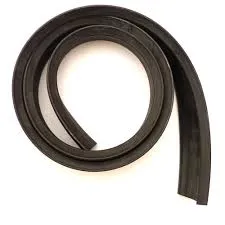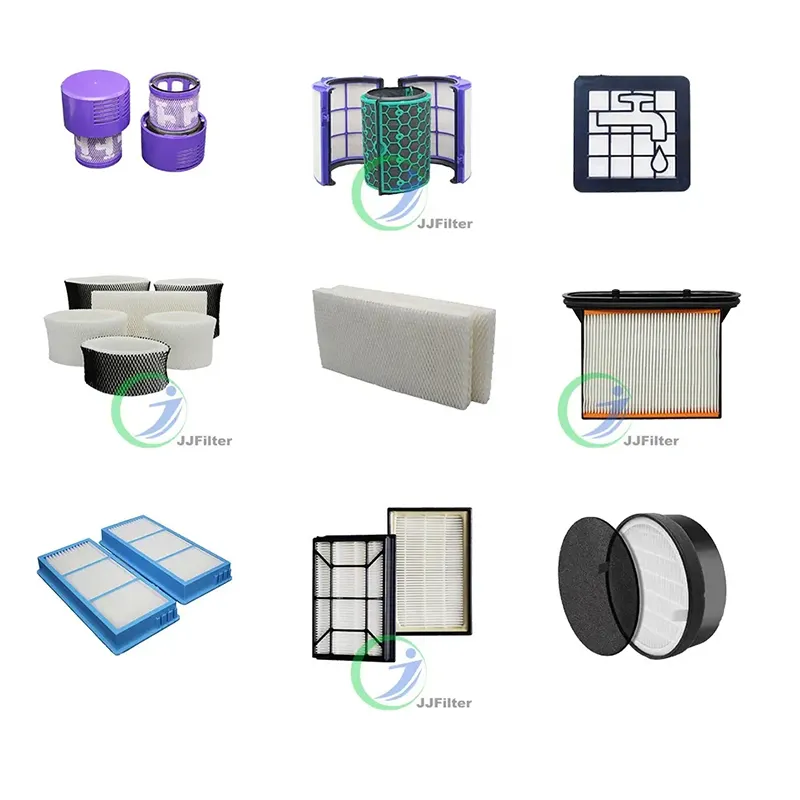In conclusion, LED neon flexible lights have revolutionized the lighting industry by combining aesthetic appeal with practicality. Their versatility, energy efficiency, ease of installation, and customization options make them an excellent choice for a wide range of applications. Whether you're looking to enhance your home decor, attract customers to your business, or create stunning artwork, LED neon flexible lights offer endless possibilities. As we continue to explore the boundaries of design and technology, these lights will undoubtedly remain at the forefront, illuminating our world with vibrant color and creativity.
 Home
Home










